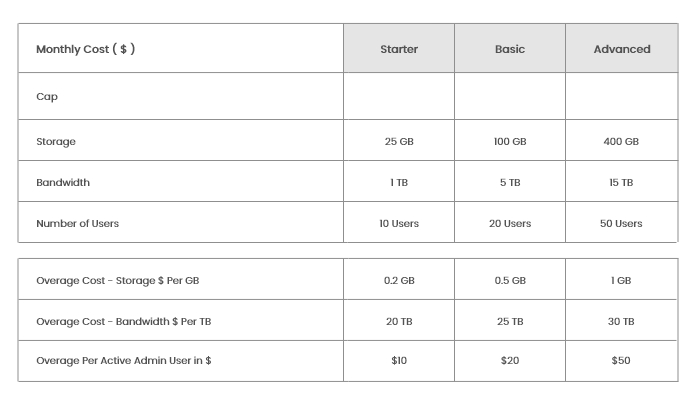



The Technological and Experiments in News Industry from 2022 - 2023
The technology is rapidly evolving and news industry is trying to play catchup
The year 2021 has been an interesting one for the news industry, filled with innovative technology but also plagued by uncertainty brought on by pandemics and steadily declining press freedom. What might we anticipate when we gather in 2022? Every year, NiemanLab asks leading figures in the news media sector to make predictions about the future of journalism. From the predictions of the experts, we selected major themes that emphasised technological advancement.
Voice Assistants & Artificial Intelligents:
Many of the established news media paradigms have been affected by technological advancement over the past few decades. The paywall model may now face a threat from voice search and AI assistants. The reader revenue models that many outlets have recently come to rely on could be threatened by "the convergence of new search algorithms based on natural language models and consumer acceptance of wearable devices." Instead than directing users to external resources, new search models work to immediately respond to their customers' questions by summarising information from numerous sources. The news industry should prepare its response and adjust to the shifting customer preferences.
Web3 is an opportunity:
Web3 provides fresh opportunities for generating revenue from IP and archives, rewarding readers, and funding startups, according to Eilemberg. NFTs of historic images owned by major news organisations would be a low-hanging fruit, but supporting local newspapers as DAOs would be more challenging (decentralized autonomous organizations). Eilemberg thinks "the good exceeds the bad, and 2022 will be an incredible year for those who learn how to nurture the potential of the approaching revolution." Despite warning signs (such as the possibility that Web3-powered community funding would exacerbate polarisation),
Improving user experience – daily passes, better accessibility
Aside from major technological advancements, 2022 is anticipated to bring about many subtle but significant changes that will improve the lives of news consumers. According to journalism expert Brian Moritz, a daily pass will soon be available for use while accessing pay-walled news sources. According to Moritz, this development makes sense because there is a demand for having a comparable to buying a paper without buying a monthly subscription, and the necessary technology is already available. Joe Amditis is optimistic that in 2023, about two years after the pandemic began, more newsrooms will test accessibility-enabled technology like voice-overs and closed captioning.
The shift in consumption model:
The evolution of media consumption models that will probably occur in 2019 is the subject of several projections. The Fix readers and others in the news industry are well aware of the growth of newsletters and podcasts; one of their benefits is the tendency toward "limited forms of news" as a means of coping with a never-ending stream of news and tweets, which is expected to continue beyond 2023. With the expansion of direct publishing, the news will also continue to slither into readers' private communications in the upcoming year. We are reminded that WhatsApp, Facebook Messenger, Telegram, and other messaging apps are used by consumers all over the world to obtain news more frequently. They present a significant potential for publishers, which the outlets ought to take use of more actively.
At Hocalwire we constantly work towards new technological improvements that can benefit the modern newsroom and we have a well established R&D team to promote innovation. Book a Demo now to give Hocalwire CMS a try

